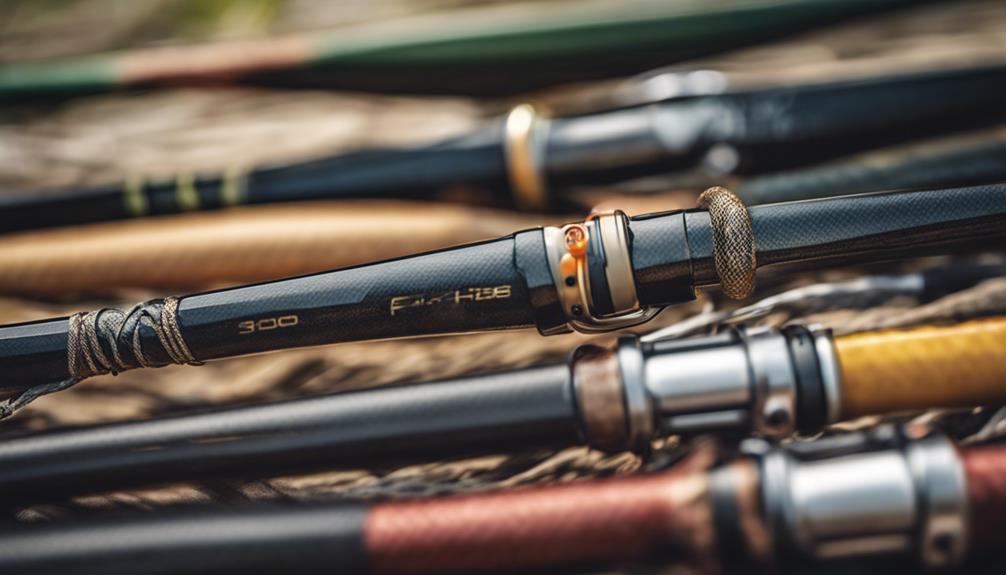Fly fishing is not just a sport; it’s a way to connect with nature while honing your skills as an angler. While there are many essential pieces of equipment you’ll need, one standout item that can significantly enhance your experience is the fly fishing vest. In this comprehensive guide, we will explore the importance of fly fishing vests, the best features to look for, and how to choose the right one for your fishing adventures.
What is a Fly Fishing Vest? Understanding Its Purpose and Benefits
A fly fishing vest is a specialized piece of gear designed to help anglers carry essential tools and accessories while keeping their hands free for casting and reeling. Unlike traditional fishing tackle bags, which can be bulky and cumbersome, fly fishing vests are lightweight and allow for easy access to your gear. They typically come equipped with multiple pockets, allowing you to store fly boxes, tippets, leaders, tools, and even personal items like your phone or wallet. The convenience of having everything you need right at your fingertips makes the fly fishing vest an indispensable item for both beginners and seasoned anglers.
Key Features to Look for in a Fly Fishing Vest
When selecting a fly fishing vest, several key features can enhance your fishing experience. First and foremost, consider the number and size of pockets. A good vest should have various pocket sizes to accommodate everything from large fly boxes to small tools. Look for vests with zippered and mesh pockets to keep your gear secure while ensuring breathability.
Another essential feature is adjustable straps. A vest that allows for adjustments will provide a comfortable fit, accommodating different body types and clothing layers. Additionally, consider the material of the vest. Lightweight, quick-drying fabrics are ideal for fishing in various weather conditions. Finally, some vests come with specialized features like built-in rod holders, hydration systems, and D-rings for attaching tools, which can further enhance your fishing experience.
Choosing the Right Size and Fit for Your Fly Fishing Vest
Finding the right size and fit for your fly fishing vest is crucial for comfort and functionality. Vests are typically available in various sizes, so consult the manufacturer’s size chart before making a purchase. When trying on a vest, ensure you can move your arms freely, as casting requires a full range of motion.
Pay attention to how the vest sits on your shoulders and back. It should not be too tight or restrictive, and you should be able to wear it comfortably over layers if needed. Some brands offer unisex sizing, while others have specific fits for men and women, so choose one that aligns with your body type for optimal comfort during long hours on the water.
Top Brands and Models of Fly Fishing Vests to Consider
Several brands stand out in the world of fly fishing vests, known for their quality, durability, and innovative designs. One popular option is the Patagonia Stealth Pack Vest, which combines the functionality of a vest with the convenience of a pack. It features multiple pockets, a hydration reservoir, and a lightweight design.
Another excellent choice is the Orvis Pro Vest, which offers a modern fit and plenty of storage options. It includes a range of pocket configurations and is made from durable materials that can withstand the rigors of fishing.
For budget-conscious anglers, the Fishpond Wasatch Tech Vest is a great option. It includes ample storage, adjustable straps, and a built-in net holder, making it suitable for any fishing trip without breaking the bank. Researching and comparing these brands will help you find the perfect vest tailored to your needs.
Caring for Your Fly Fishing Vest: Maintenance Tips
To ensure your fly fishing vest remains in top condition and lasts for many seasons, proper maintenance is essential. Start by regularly checking the pockets and zippers for any signs of wear or damage. Empty your vest after each use and clean it to remove dirt, debris, or saltwater residue that could affect the material over time.
When washing your vest, refer to the manufacturer’s care instructions. Usually, a gentle hand wash with mild soap is sufficient. Avoid using harsh detergents or bleach, as these can damage the fabric. Once cleaned, hang the vest to dry in a well-ventilated area, avoiding direct sunlight to prevent fading and deterioration.
Fly Fishing Vest vs. Other Storage Options: What’s Best for You?
While fly fishing vests are popular, they are not the only storage option available for anglers. Some prefer to use tackle bags or backpacks for their fishing gear. Each option has its pros and cons, and the best choice ultimately depends on your fishing style and preferences.
Fly fishing vests provide easy access to gear and keep your hands free, making them ideal for wading in rivers or streams. On the other hand, tackle bags often offer more storage space and can carry larger items, making them suitable for longer trips or when you need to transport a significant amount of gear. Consider your typical fishing scenario and the types of waters you frequent to determine which storage option will serve you best.
Conclusion: The Importance of Investing in a Quality Fly Fishing Vest
In conclusion, investing in a quality fly fishing vest can significantly enhance your fishing experience. The convenience of having all your essential gear organized and easily accessible allows you to focus on what truly matters: enjoying your time on the water and connecting with nature. With various styles, features, and brands available, choosing the right vest tailored to your needs and preferences will help you make the most of your fishing adventures.
Whether you’re a novice angler just starting or a seasoned pro looking to upgrade your gear, a well-chosen fly fishing vest is an essential addition to your fishing arsenal. Remember to consider the features that matter most to you, maintain your vest properly, and enjoy the countless hours of fishing that await you. Happy fishing!
